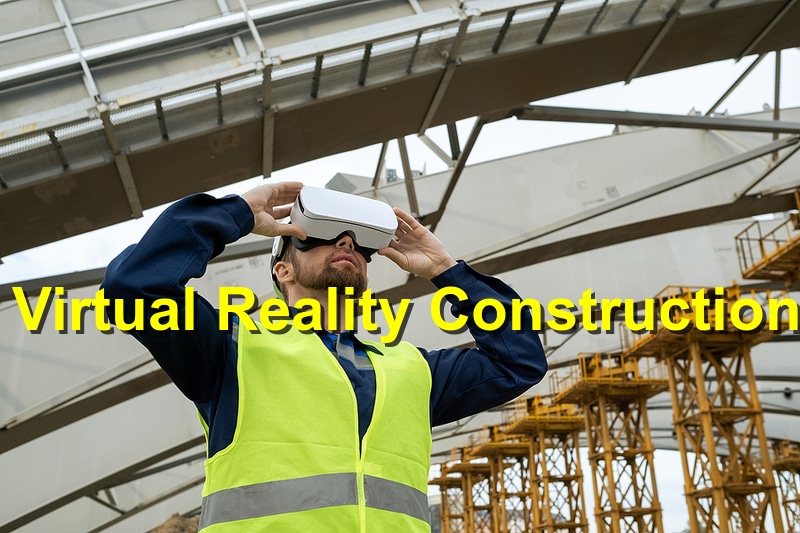Virtual reality (VR) is revolutionizing the construction industry, providing innovative solutions for design, project management, and training. By creating immersive, interactive environments, VR helps stakeholders visualize projects, improve collaboration, enhance safety, and engage clients more effectively. Here’s a closer look at the role of virtual reality in construction.
1. Enhanced Design Visualization
One of the most significant benefits of VR in construction is the ability to create detailed, immersive visualizations of building designs. Architects and designers can use VR to create 3D models that clients can explore in a virtual environment. This allows clients to experience the space as if it were already built, providing a clearer understanding of the design and facilitating better feedback. VR helps identify potential design issues early, reducing the need for costly changes during the construction phase.
2. Improved Project Collaboration
VR enhances collaboration among project stakeholders by providing a shared, interactive platform. Engineers, architects, and contractors can review and interact with virtual models in real time, regardless of their physical location. This collaborative approach helps in identifying and resolving design conflicts, improving communication, and ensuring that everyone is on the same page. VR-based meetings and walkthroughs can significantly streamline decision-making processes and reduce project timelines.
3. Efficient Project Management
Integrating VR with Building Information Modeling (BIM) provides powerful tools for project management. VR allows project managers to visualize construction sequences and workflows in a virtual environment, helping to plan and coordinate activities more effectively. By simulating the construction process, VR can identify potential bottlenecks and optimize resource allocation. This proactive approach can lead to more efficient project execution and reduced risk of delays.
4. Enhanced Safety Training
Safety is a paramount concern in the construction industry, and VR offers innovative solutions for training workers. VR-based safety training programs provide immersive, hands-on experiences without the risks associated with real-life scenarios. Workers can practice operating machinery, navigating construction sites, and responding to emergencies in a controlled virtual environment. This type of training improves safety awareness, reduces accidents, and enhances overall site safety.
5. Engaging Client Presentations
VR transforms client presentations by offering an immersive and interactive experience. Clients can take virtual tours of the project, experiencing the design and layout firsthand. This level of engagement helps clients make informed decisions and provides a more compelling presentation than traditional blueprints or 2D renderings. VR presentations can also showcase different design options, materials, and finishes, helping clients visualize and choose the best options for their needs.
6. Marketing and Sales Advantages
For construction companies, VR can be a powerful marketing and sales tool. Offering virtual tours and immersive experiences can differentiate a company from its competitors and attract potential clients. Real estate developers can use VR to showcase properties to prospective buyers, even before construction is complete. This technology enhances marketing efforts and can lead to increased sales and client satisfaction.
7. Reducing Costs and Time
By improving design accuracy, enhancing collaboration, and optimizing project management, VR can lead to significant cost and time savings. Early identification of design issues and better project planning reduce the need for rework and minimize delays. Efficient training programs enhance worker productivity and safety, further contributing to cost savings. Overall, VR helps streamline the construction process, making it more efficient and cost-effective.
Conclusion
Virtual reality is playing an increasingly important role in the construction industry, offering numerous benefits from enhanced design visualization and improved collaboration to effective safety training and client engagement. By leveraging VR technology, construction professionals can streamline project management, reduce costs, and deliver higher-quality results. As VR continues to evolve, its impact on construction will only grow, driving innovation and transforming how projects are conceived, managed, and executed.
References: AEI Consultants, Chas.co.uk




